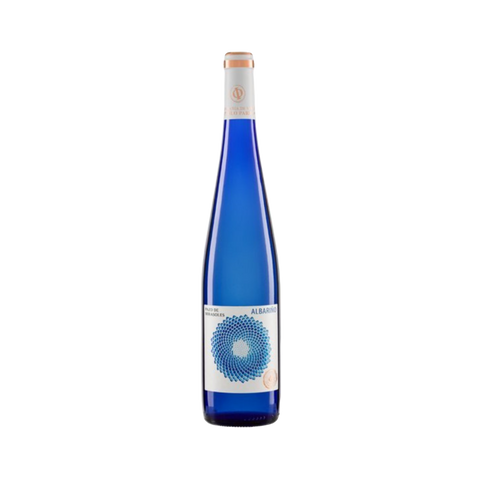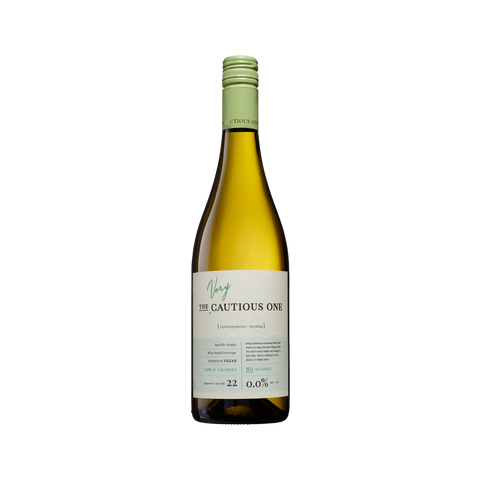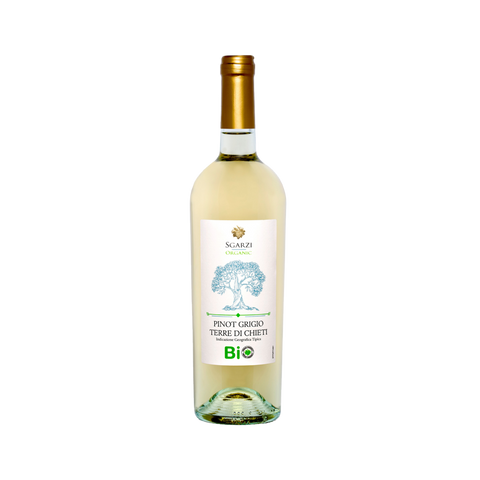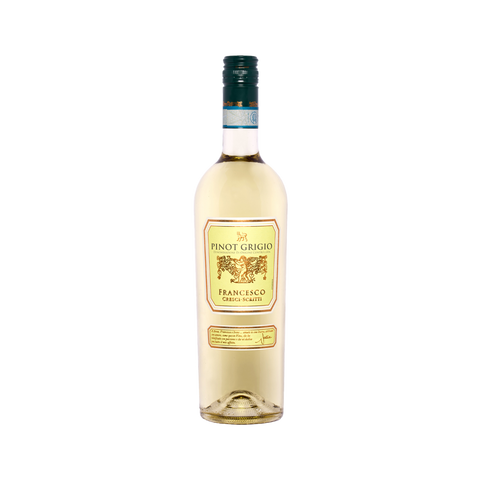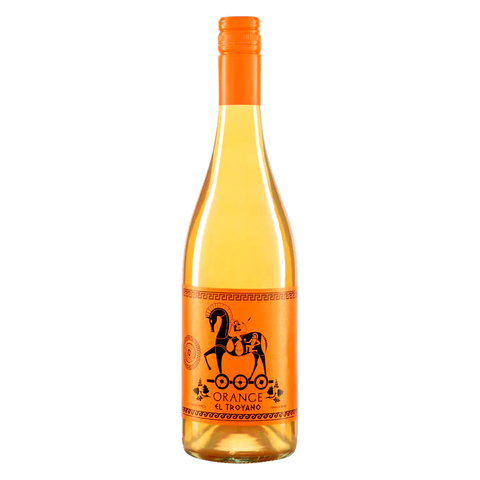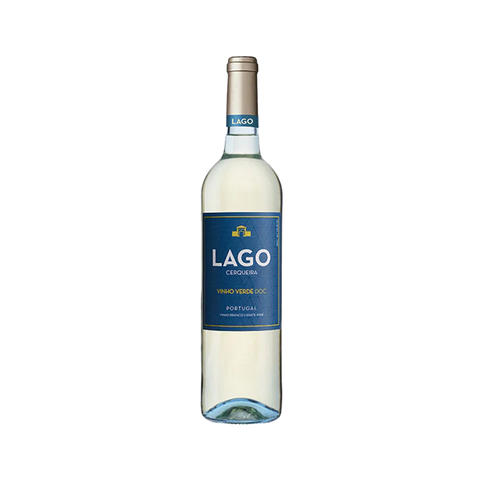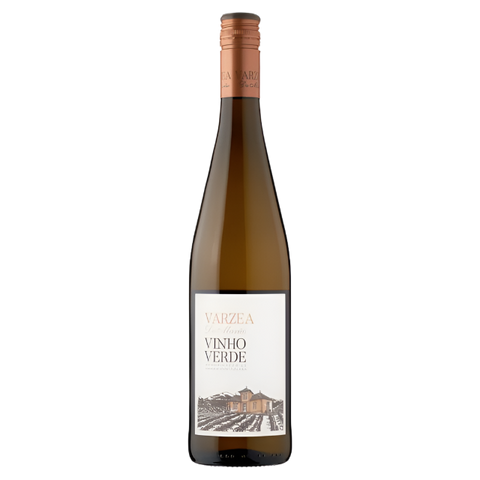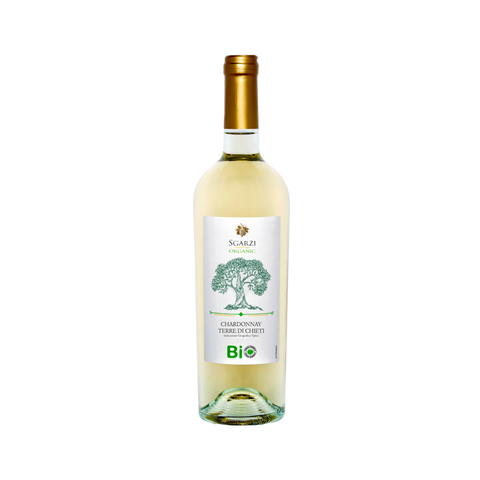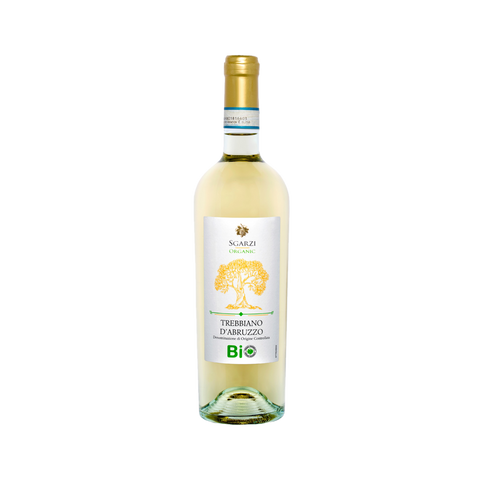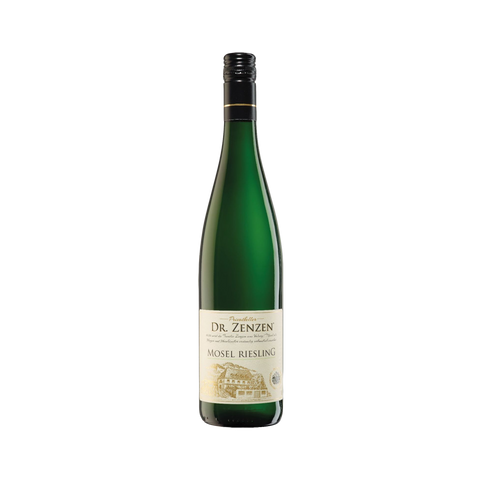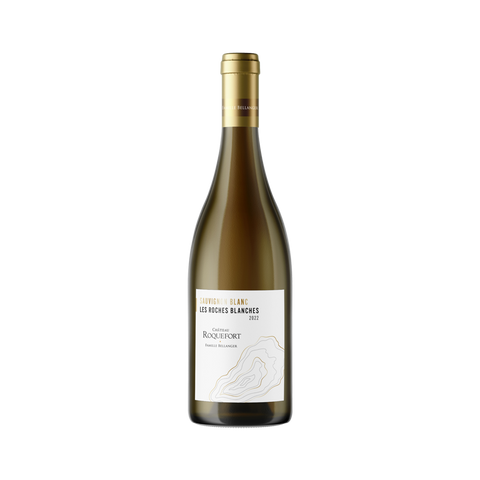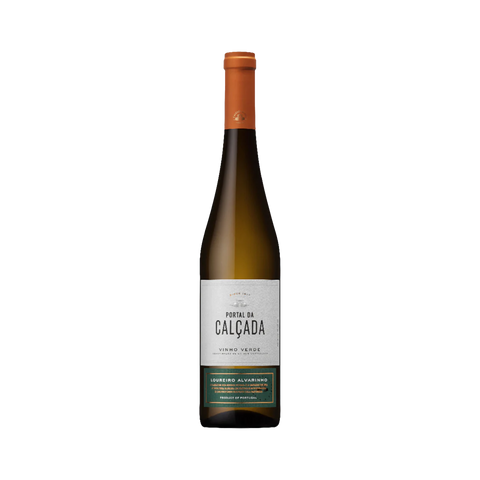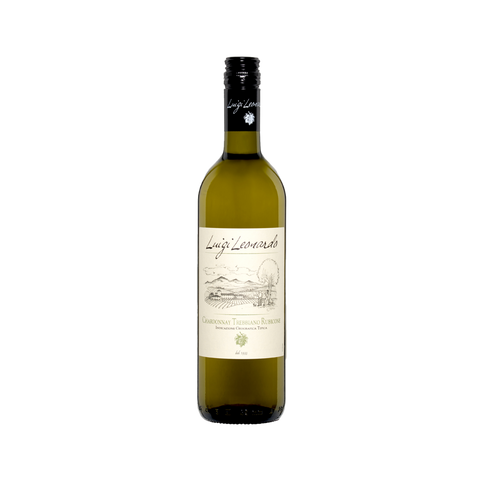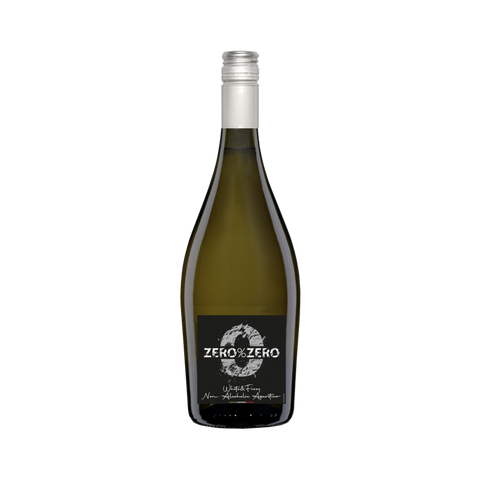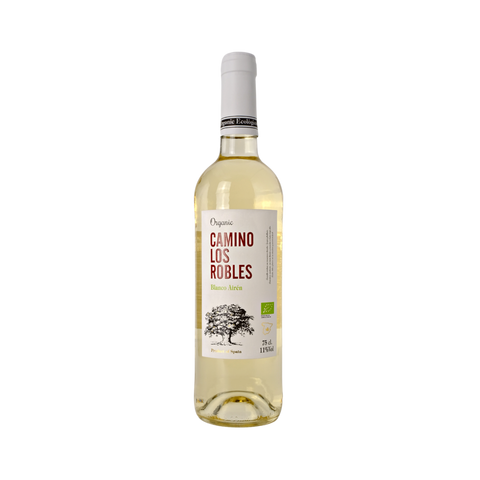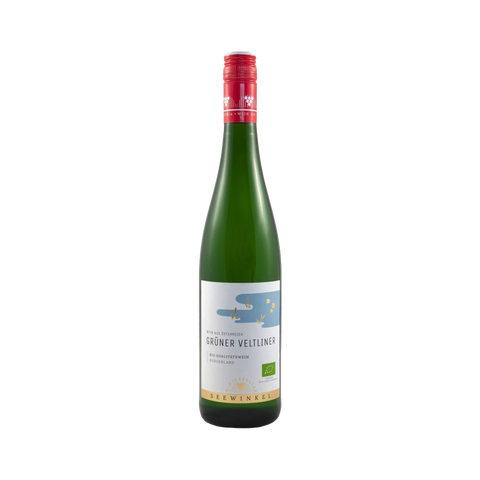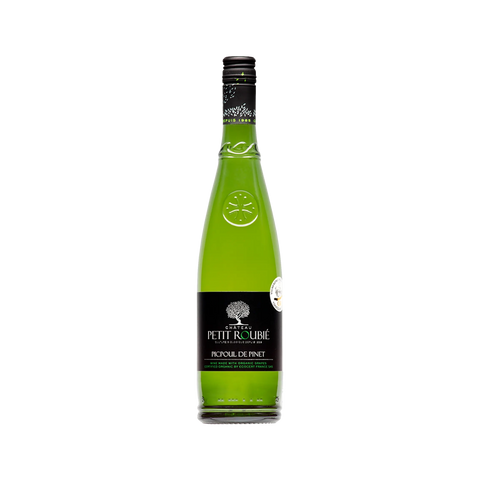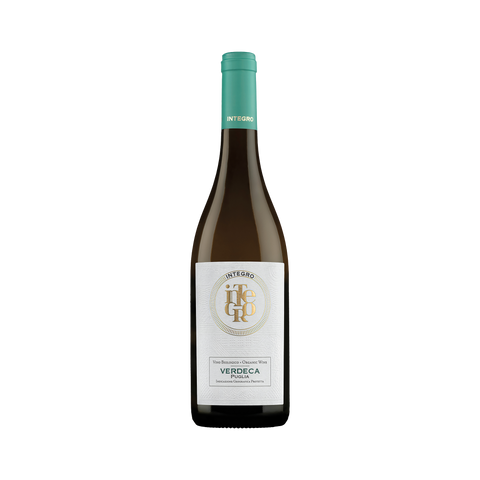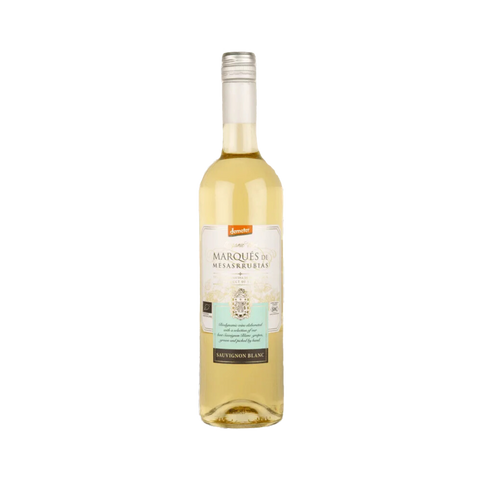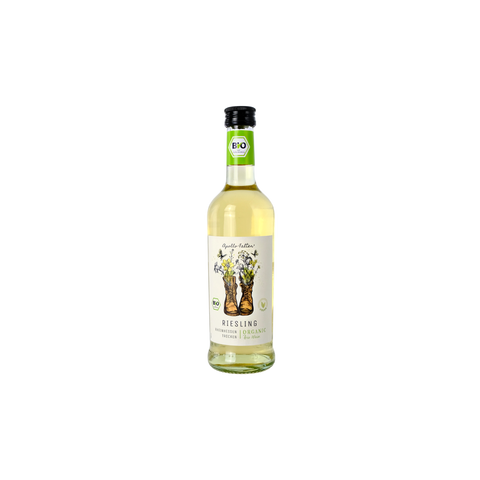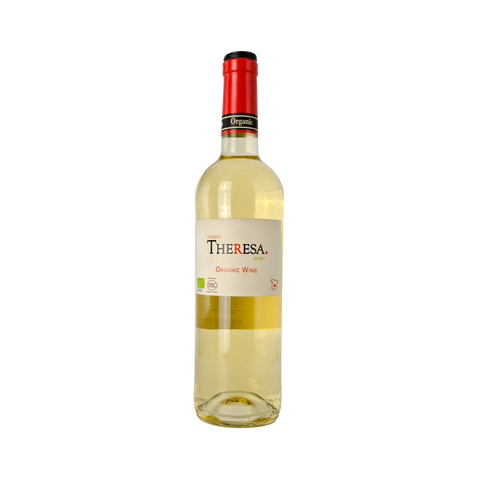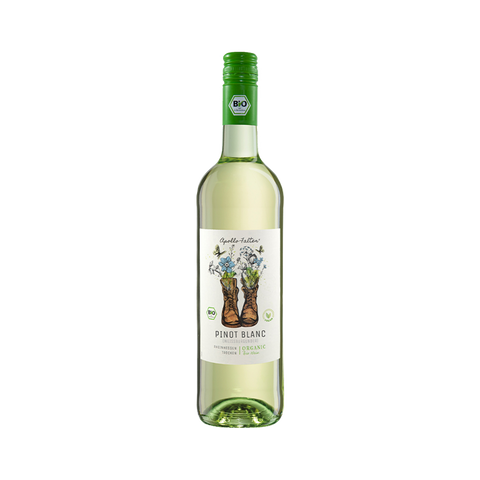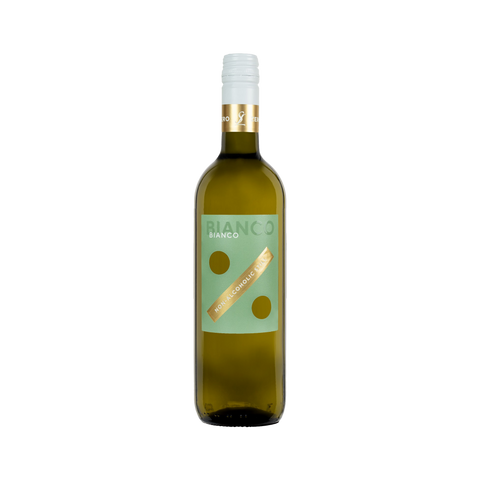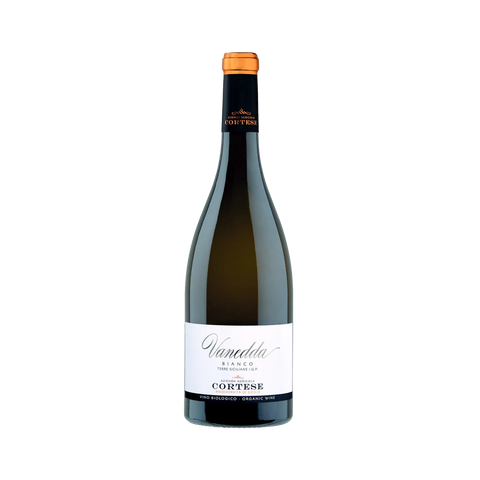White wine is produced through a process called white winemaking, which involves several key steps:
Harvest:
White wine production begins with the harvest of white or green grapes. These grapes are usually picked earlier in the season than red grapes to preserve their natural acidity and freshness.
Crushing and pressing:
After harvesting, the grapes are gently crushed to release their juice. Unlike red wine, where the skins are included in the fermentation process, white wine grapes are immediately pressed to separate the juice from the skins, seeds and solids.
Fermentation:
The grape juice (now called "must") undergoes alcoholic fermentation, where yeast converts sugars into alcohol and carbon dioxide. This fermentation process usually takes place in stainless steel tanks or sometimes in oak barrels, depending on the winemaker's preferences and the desired style of wine.
Clarification and settling:
After fermentation, white wines undergo a process of clarification to remove suspended particles and solids. This can be achieved by settling, where the wine is allowed to rest and the solids settle to the bottom, or by fining and filtration methods.
Malolactic fermentation (optional):
Some white wines, particularly fuller-bodied varieties such as Chardonnay, may undergo malolactic fermentation (MLF). This secondary fermentation converts malic acid (sharp tasting) to lactic acid (softer tasting), adding texture and complexity to the wine.
Aging and maturation:
Depending on the style of wine and the winemaker's intentions, white wines may be aged and matured in stainless steel tanks, oak barrels (either new or used), or a combination of the two. Oak aging can impart flavours of vanilla, toast and spice to the wine.
Blending (optional):
In some cases, winemakers may blend different batches of white wine to achieve a desired flavour profile and balance. This blending process can take place before or after ageing, depending on the winemaking approach.
Bottling and packaging:
Once the white wine has been clarified, aged and possibly blended, it is ready for bottling. Winemakers may choose to filter the wine for clarity and stability before bottling, and the wine is sealed with a cork or alternative closure.
White wine production focuses on preserving the delicate flavours, aromas and natural acidity of the grapes, resulting in a range of styles from crisp and refreshing to rich and complex. White wines are enjoyed chilled and are versatile, pairing well with a variety of foods including seafood, poultry, salads, cheeses and light dishes.

